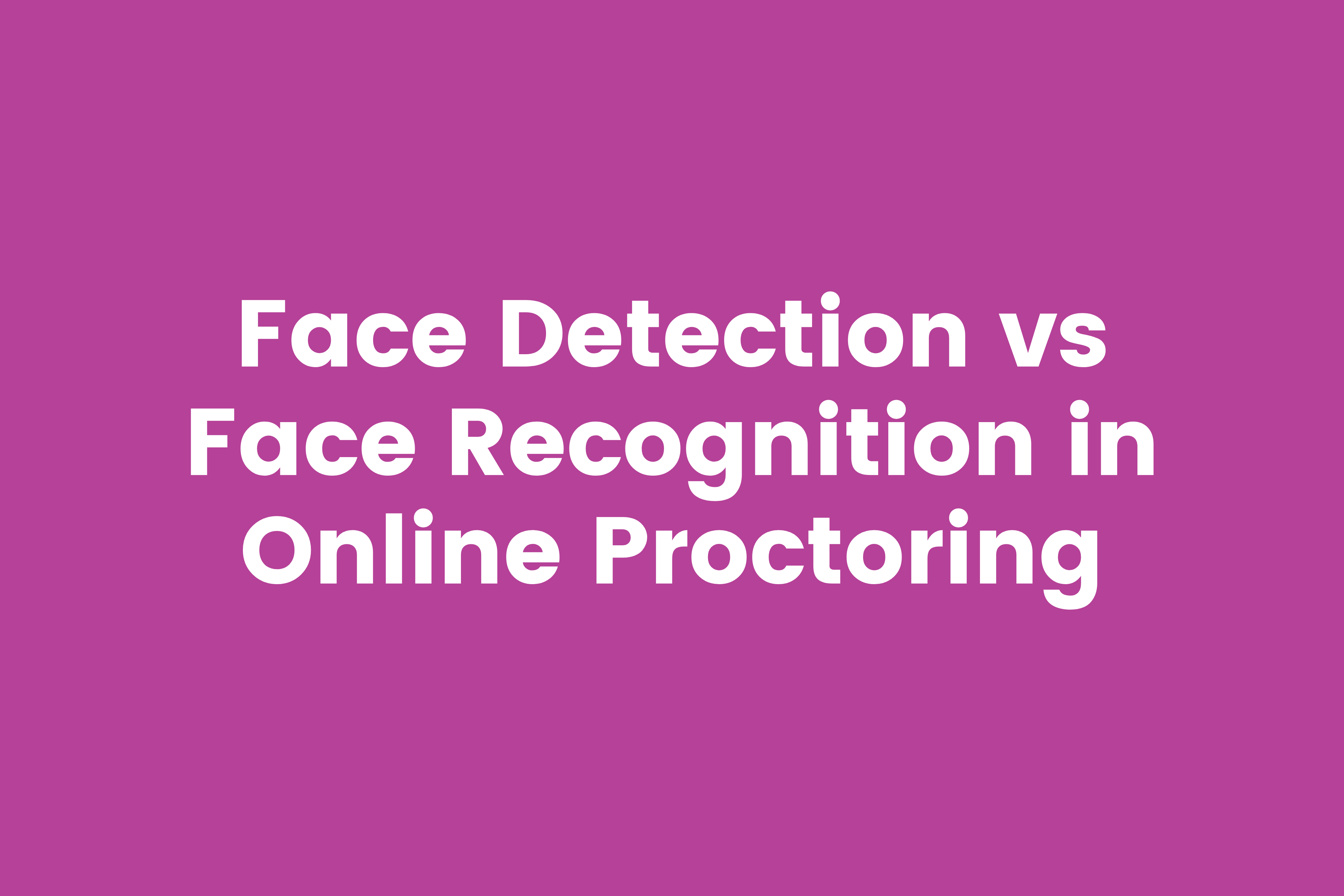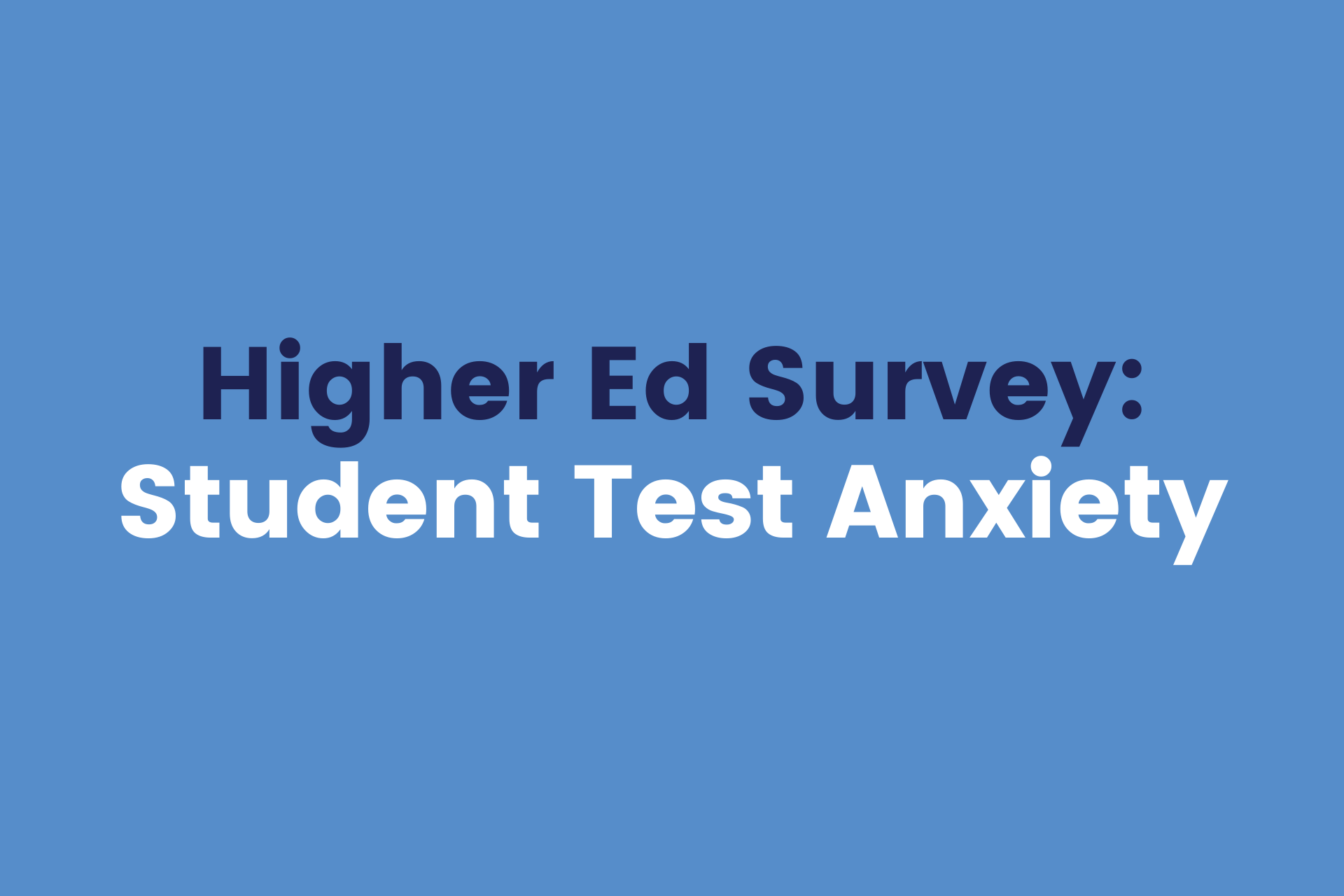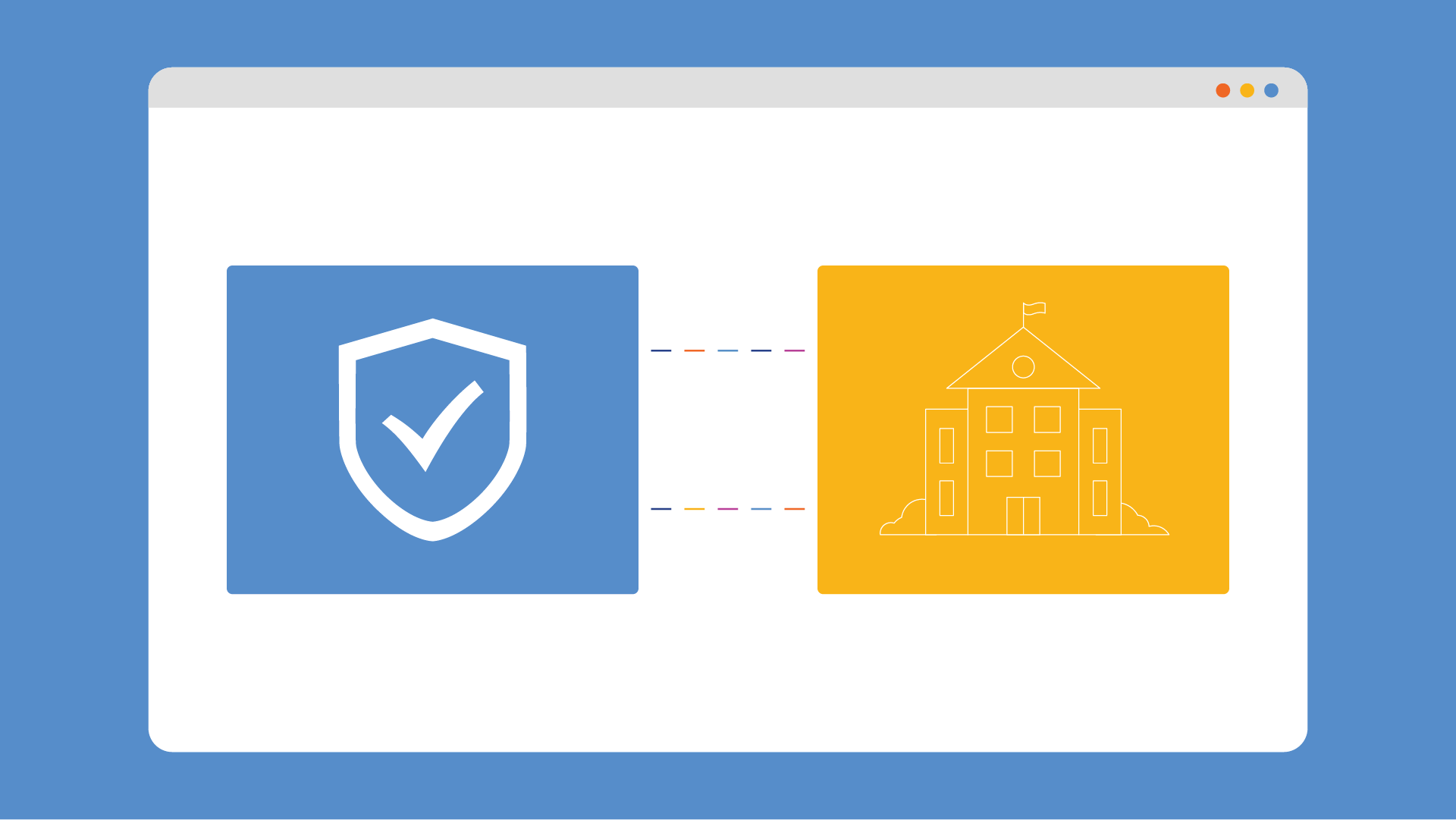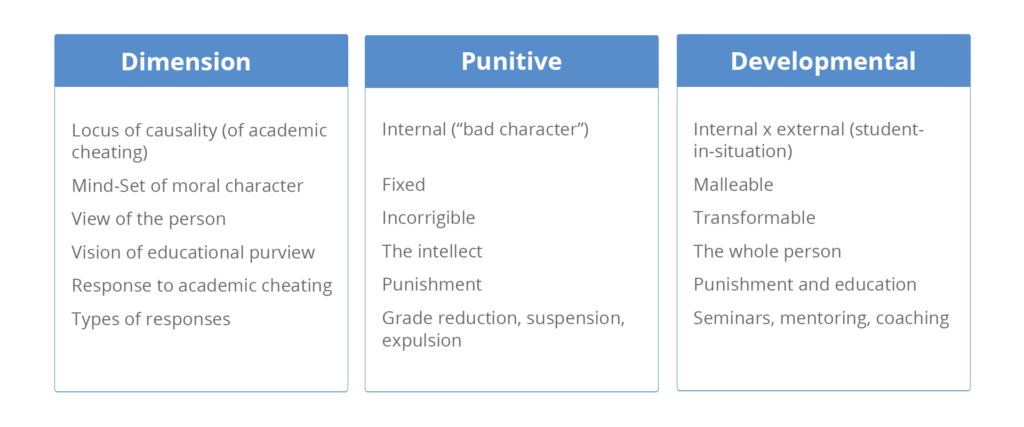Becoming emotionally intelligent is essential for everyone, but particularly for educators and students. But how can you apply emotional intelligence in your online courses and what is its role in higher education?
What is emotional intelligence?
Emotional intelligence, sometimes referred to at EI, is the capability to be aware of and regulate emotions while handling and building interpersonal relationships with self-awareness, good judgment, and empathy.
Can emotional intelligence be learned?
Contrary to what many believe, emotional intelligence can be learned and continually developed over time.
“We often think that emotional intelligence is something you have or you don’t have, but the good news is that isn’t necessarily true. It’s a skill that we can develop.“
– Bethany J. Adams, MA, SHRM-SCP, Villanova University Instructor and Associate Director of the Graduate Programs in Human Resource Development
10 strategies to improve emotional intelligence in online classes
1. Create psychological safety for your student
“One of the most crucial, fundamental things we can do to help our teams work better together is creating psychological safety,” said Adams.
What does psychological safety mean for students in an online class?
It means that your students are confident that they can make mistakes, ask questions, or say the wrong thing without being punished or ridiculed.
Why is psychological safety important for students and online learning?
Google’s Project Aristotle found that psychological safety is the most important factor in an effective team. Whether it’s a discussion with the entire class, group work, or just a one-on-one conversation, your students need to know that they’re able to take risks.
Students that feel psychologically safe often share ideas and information, collaborate and help others, and express trust and interest.
How to create psychological safety in your online course
Make it clear that your online course is a safe space for risk-taking, asking questions, and collaborating with others.
- Answer students with thoughtfulness and respect
- Ask students for their input and opinions
- Encourage others to share information
- Understand that your communications matter regardless of the context – whether it’s providing feedback to an essay, replying to an email, or talking through a webcam – every response matters and helps create psychological safety
2. Be aware of your emotions and understand how you’re feeling
Before you can improve your emotional intelligence and help others, you need to be aware of your emotions and understand how they may be influencing your thoughts and behavior.
3. Communicate to connect
Connect with your students by using clear communication and having a true dialogue with your students.
4. Develop a better emotional vocabulary
The ability to identify your emotions and accurately speak about them gives better information to yourself and others.
Be specific about what you’re feeling
- Don’t say, “I’m happy with this group project.”
- Be specific and say, “I’m excited and comfortable with this group project.”
5. Embrace healthy conflict
Simply put: healthy conflict is a good thing that challenges teams and brings better results.
“We may think, ‘I don’t want conflict on my team or my organization’ but actually, we do. We just want healthy conflict,” said Adams explained.
This doesn’t mean that no conflict is a bad thing. However, a group or organization with no conflict can mean operating in a comfort zone that doesn’t encourage thinking outside the box or challenging ideas in order to improve.
Healthy conflict focuses on the task, not the person. This focus on task conflict challenges students to focus on the idea, share what they don’t like about it, and discuss what can change and be done differently.
“It makes us better together because we can talk about it,” Adams concluded.
6. Actively listen to your students’ words and behavior
This communication also means actively listening and paying attention to their body language.
7. Take a step back before responding
Before you respond, pause for a moment to collect your thoughts to help you better communicate your message to others instead of reacting to difficult conversations and conflict.
8. Practice makes perfect
Learn and practice techniques to manage your emotions. There’s no perfect path to managing your emotions because everyone’s different, but a few methods include listening to your body and physical symptoms, positive self-talk, exercise, and finding ways to relax (deep breathing, reading, etc.)
9. Put yourself in their shoes
Empathize with your students and understand how they’re feeling, their perspectives, and be able to relate.
10. Accept that you’ll make mistakes
Applying emotional intelligence also means adapting to a variety of situations and people. So be patient with yourself and learn how you react in certain situations. Understand how you might have spoken or acted differently to achieve a more favorable result—not just for you, but for everyone involved, online and in person.
How to use emotional intelligence in online classes
Schools and faculty who offer online classes have a distinct challenge to apply emotional intelligence in an online learning environment to serve the needs of their students:
- Are the online courses designed to engage students and inspire learning?
- Are instructors effectively communicating and connecting with students?
- Can instructors genuinely understand how students are feeling and read body language through a webcam?
- What communications work best? Video chat? Email? Chat?
- Are instructors building trust and rapport with students?
- How is academic integrity protected in an online learning environment? Is an honor policy encouraged? Are you using online exam proctoring?
The benefits of emotional intelligence in higher education
The benefits of teaching emotional intelligence to students
Emotional intelligence benefits virtually any subject – from business, management, and nursing to humanities subjects and social sciences such as psychology, law, and social work.
Teachers can promote emotional intelligence in their students by serving as role models and by framing their coursework in such a way that students have opportunities to develop EI skills and patterns of thought.
The importance of emotional intelligence for teachers
Teachers with high EI know that students want to be challenged so that they can learn and grow.
Teaching emotional intelligence can help instructors connect with students in ways that last a lifetime. They create a safe environment in which students feel free to openly communicate, collaborate, and build relationships.
EI can help improve student success
Developing emotional intelligence is crucial for success in school and better relationships in life. Self-regulating is key to keeping emotions from holding us back. Students higher in EI tend to be more engaged in school and more resilient during exam periods and other stressful moments.
Emotional intelligence can help reduce stress, anxiety, and depression
Depression, anxiety, and stress are increasingly prevalent among students. A 2019 survey of undergraduate students by the American College of Health Association showed:
- Over 1 in 4 students reported depression that negatively impacted their academic performance
- 43% of students reported feeling overwhelmed by anxiety
However, studies show that emotional intelligence can play a key role in helping students manage anxiety and stress. Whether it’s juggling education and a career, preparing for exams, or adjusting to uncertain times, studies show that EI and its adaptive strategies can help students cope in various stressful situations.
Student test anxiety survey
Along with applying emotional intelligence, educators and institutions can help support students in other ways, such as reducing test anxiety. A 2020 student survey reported that over 60% of students expressed that tests make them nervous.
While testing can be inherently stressful, there are ways to help support students and reduce their test anxiety such as:
- Providing practice exams
- Explaining what to expect
- Using online proctoring
A common assumption is that online proctoring is only used to catch students cheating on exams, but the same 2020 study showed that online proctoring can help reduce student test anxiety.
If done correctly, online proctoring is a resource for students – not just a way to catch them cheating.
Once students understood what to expect from a proctored exam and interacted with a live proctor, test anxiety decreased.
“The proctor popping in was different than I expected – in a positive way. I imagined them being more strict. I felt that the proctor was helpful and a lot less intimidating than I thought.” – Student quote in a post-exam interview
Training was key
A key factor in this survey was the remote proctor training. The full-time online proctoring staff was trained by a nationally certified counselor and educator to support students who are experiencing test anxiety.
The training taught the online proctors to:
- Recognize symptoms and signs of test anxiety and stress
- Encourage appropriate behavior and deescalate problematic behavior
- Increase positive interactions with students and help them learn to self-regulate behavior
Emotional intelligence myths and truths
Adams provided these myths and truths of emotional intelligence to clear up common misconceptions:
Myths
- Emotional Intelligence is something you have or you don’t have.
- Emotional Intelligence means suppressing or hiding your emotions.
- Emotional Intelligence is a touchy-feely thing focused only on feelings.
Truths
- Emotional intelligence is a set of skills that can be learned and improved over time.
- Emotional Intelligence is learning to perceive & manage one’s emotions, not suppress them.
- Emotional Intelligence is more about action than feelings.
5 Components of Emotional Intelligence
According to Daniel Goleman’s work, the five key components of emotional intelligence are:
1. Self-awareness
- The benefits of emotional intelligence include the ability to look internally and evaluate your strengths and weaknesses.
- People with high EI notice when their emotions are influencing their thinking, communication, and decision-making and have the ability to take the necessary steps to adjust.
- By isolating and understanding where negative feelings come from, individuals with well-developed EI also make more rational and impartial decisions.
- People with EI are more aware of how they communicate nonverbally and the impact it has—the signals of body language and facial expressions.
2. Self-regulation
- Highly emotionally intelligent individuals can adapt to changing circumstances and are also able to contain their reactions and avoid impulsivity.
- This ability to adapt could be especially helpful in uncertain situations such as rapidly moving to an online learning environment due to COVID-19
- They keep calm, think logically, and handle challenges with poise.
- Being able to self-regulate helps students cope better in an academic environment.
- The success that it brings them can instill confidence to continue to achieve greater successes in and out of school.
3. Motivation
- Those with higher EI take initiative, know that their actions speak louder than words, and are capable of making better-informed decisions.
- High-EI individuals understand sharply that their emotions can influence their behaviors and those of others.
- Optimism and perseverance are qualities of those with high EI.
- Seeing the way forward in even trying situations gives insight into what’s necessary to achieve greater aspirations and to understand the self-motivation required to attain them.
4. Empathy
- Empathy means understanding the feelings, needs, and concerns of others.
- Empathetic people notice and interpret even subtle emotional cues (verbal and non-verbal) that indicate how others are feeling.
- Empathy and EI require people to step out of their own mindset, set aside extraneous thoughts, and be present in the moment.
- Empathy can be trained by listening to others and noting how you react in real-time.
5. Social skills
- Individuals with high EI can better anticipate and respond to others’ feelings.
- They express themselves clearly, feel comfortable in social situations, and understand the power dynamics in groups and organizations they encounter.
- EI helps to gauge the motives of others.
- People with EI are sensitive to others’ feelings, even during uncomfortable conversations.
- Those with adept social skills are curious about others and tend to foster more meaningful relationships.
Submit your email below to download our 5-part DEI eBook
The eBook covers everything you need to know about establishing and using diversity, equity, and inclusion in your online classes.
Part 1: Addressing the need for DEI in online education
Part 2: Strategies to develop diverse, equitable, and inclusive online courses
Part 3: How to create accessible online courses (with real examples)
Part 4: Tips to improve your connection with students in an online learning environment
Part 5: How to use educational technology to create a fair testing environment




















